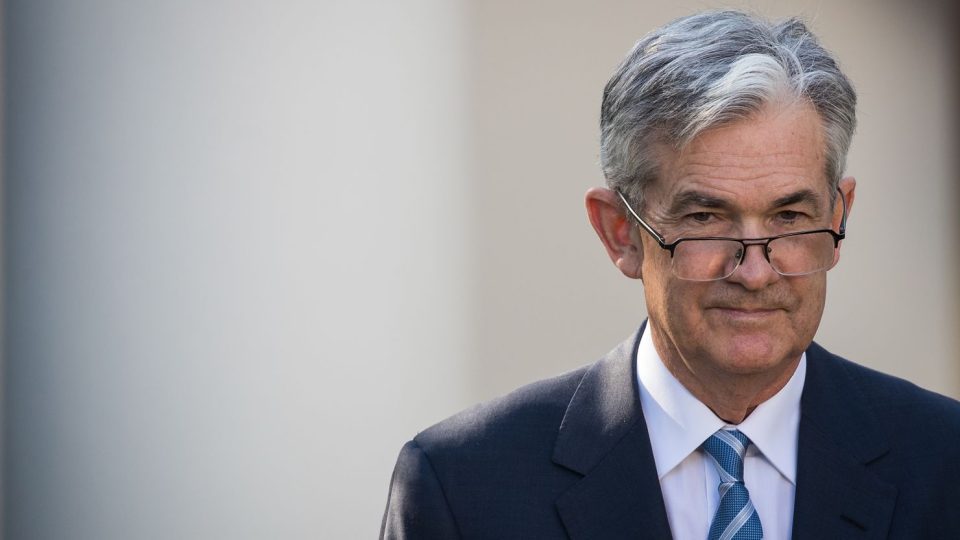Federal Reserve Chair Jerome Powell signaled on Thursday that Americans should prepare for a future where interest rates remain higher for longer, as the U.S. economy adapts to persistent and unpredictable supply shocks. Speaking at a policy conference, Powell pointed to a shifting landscape for central banks, with new challenges that could complicate the Fed’s traditional balancing act between controlling inflation and supporting growth.
Powell’s remarks come at a time when the Federal Reserve’s policy direction is under intense scrutiny. After a period of historically low rates, the central bank has raised its benchmark rate to 4.5 percent and kept it there, as inflation remains above the Fed’s 2 percent target and the labor market continues to show resilience. The S&P 500 Index (NYSE: SPX) has reflected this uncertainty, with investors closely watching every signal from the Fed for clues about the path of rates.
Powell warned that the U.S. may be entering a period marked by more frequent and persistent supply shocks. These are disruptions-such as those caused by global conflicts, pandemics, or climate events-that can push up prices and slow economic growth.
“We may be entering a period of more frequent, and potentially more persistent, supply shocks-a difficult challenge for the economy and for central banks,” Powell said.
This is not the first time Powell has raised concerns about supply shocks. Over the past several weeks, he has cautioned that these disruptions could make the Fed’s job more complicated, requiring a careful approach to interest rate policy. The central bank must weigh the risks of keeping rates too high, which could stifle growth and raise unemployment, against the dangers of cutting rates too soon, which could allow inflation to flare up again.
The Fed’s current stance reflects a broader shift in thinking among policymakers. For much of the past decade, central banks around the world kept rates low to stimulate growth. But the combination of persistent inflation, geopolitical tensions, and supply chain disruptions has forced a rethink. Powell’s comments suggest that the era of ultra-low rates may be over, at least for now.
The U.S. inflation rate stood at 2.3 percent in April 2025, matching Canada’s rate for March, but still above the Fed’s preferred level. Meanwhile, the U.S. unemployment rate remains relatively low at 4.2 percent, giving the Fed some room to keep rates elevated without immediately risking a recession.
For investors and borrowers, Powell’s message is clear, don’t expect a return to the low-rate environment of the 2010s anytime soon. Higher long-term rates mean higher borrowing costs for everything from mortgages to business loans. It also means that asset prices, especially in interest-rate-sensitive sectors like real estate and technology, could remain under pressure as markets adjust to a new reality.
Powell’s remarks underscore the uncertainty facing the Fed and the broader economy. With supply shocks becoming more common and their effects more persistent, the central bank must navigate a complex environment where the old playbook may no longer apply. For now, the message from the top is that higher rates are likely here to stay, at least until inflation is firmly under control and the risks from supply disruptions have eased.

